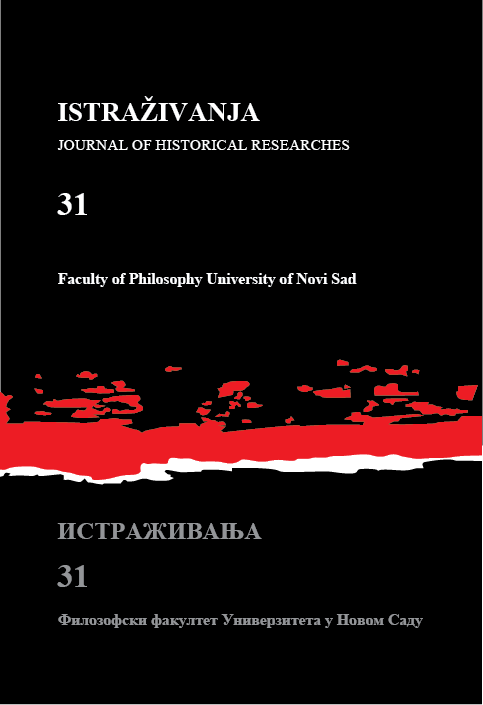MOCKING NATION BUILDING AND IDENTITY. AN ANALYSIS OF CARICATURES IN HUNGARIAN, ROMANIAN, SERBIAN, AND SLOVAK SATIRICAL PERIODICALS IN THE MID TO LATE NINETEENTH CENTURY
MOCKING NATION BUILDING AND IDENTITY. AN ANALYSIS OF CARICATURES IN HUNGARIAN, ROMANIAN, SERBIAN, AND SLOVAK SATIRICAL PERIODICALS IN THE MID TO LATE NINETEENTH CENTURY
Author(s): Ágnes TamásSubject(s): Politics / Political Sciences, History, Social Sciences
Published by: Филозофски факултет, Универзитет у Новом Саду
Keywords: nationalism; nation building; caricatures; satirical magazines; mocking “others”.
Summary/Abstract: This paper aims to present a comparative analysis of caricatures published in Hungarian(Üstökös, Borsszem Jankó), Serbian (Bič, Vrač pogađač), Romanian (Gur’a Satului), and Slovak(Černokňažník) satirical press in Hungary in the second half of the nineteenth century. The depth of theconnection between identity, nation building, and humour will be demonstrated. Theories of nationalismoften emphasise the primacy of the role of the press and of print media in nation building processes. Toinvestigate this, humorous printed sources have been selected. The comparison utilises and complementsAnthony D. Smith’s definition of the ethnic core and reflects on Christie Davies’ theory of ethnichumour. Tethered by these concepts, the analysis of the caricatures investigates the following aspects:names for the Self and the Other, elements of culture and tradition (languages, habits, religions, supposedcharacteristics, clothing and bodily features), symbols of the Self and the Other, historical memories andmyths of the common ancestry of the Self and the Other, and the definitions of “our” vs. “their” territoryand homeland. This analysis reveals that the stereotypes observed in satirical magazines and the imagesof the Other and of the Self depicted through the use of humorous or ironic techniques can be effectivelydistinguished and connected to the nation building process and to the process of shaping “enemies”.
Journal: Истраживања
- Issue Year: 2020
- Issue No: 31
- Page Range: 150-182
- Page Count: 33
- Language: English

